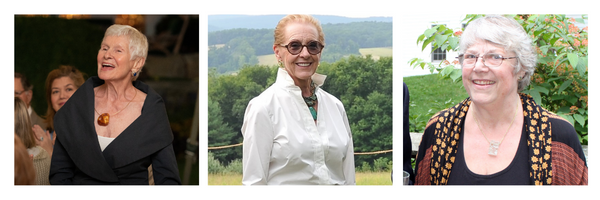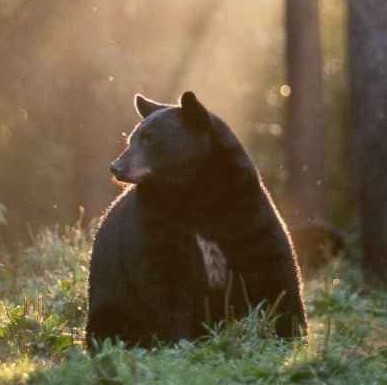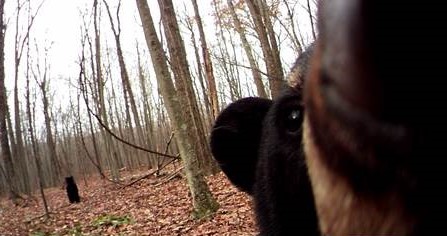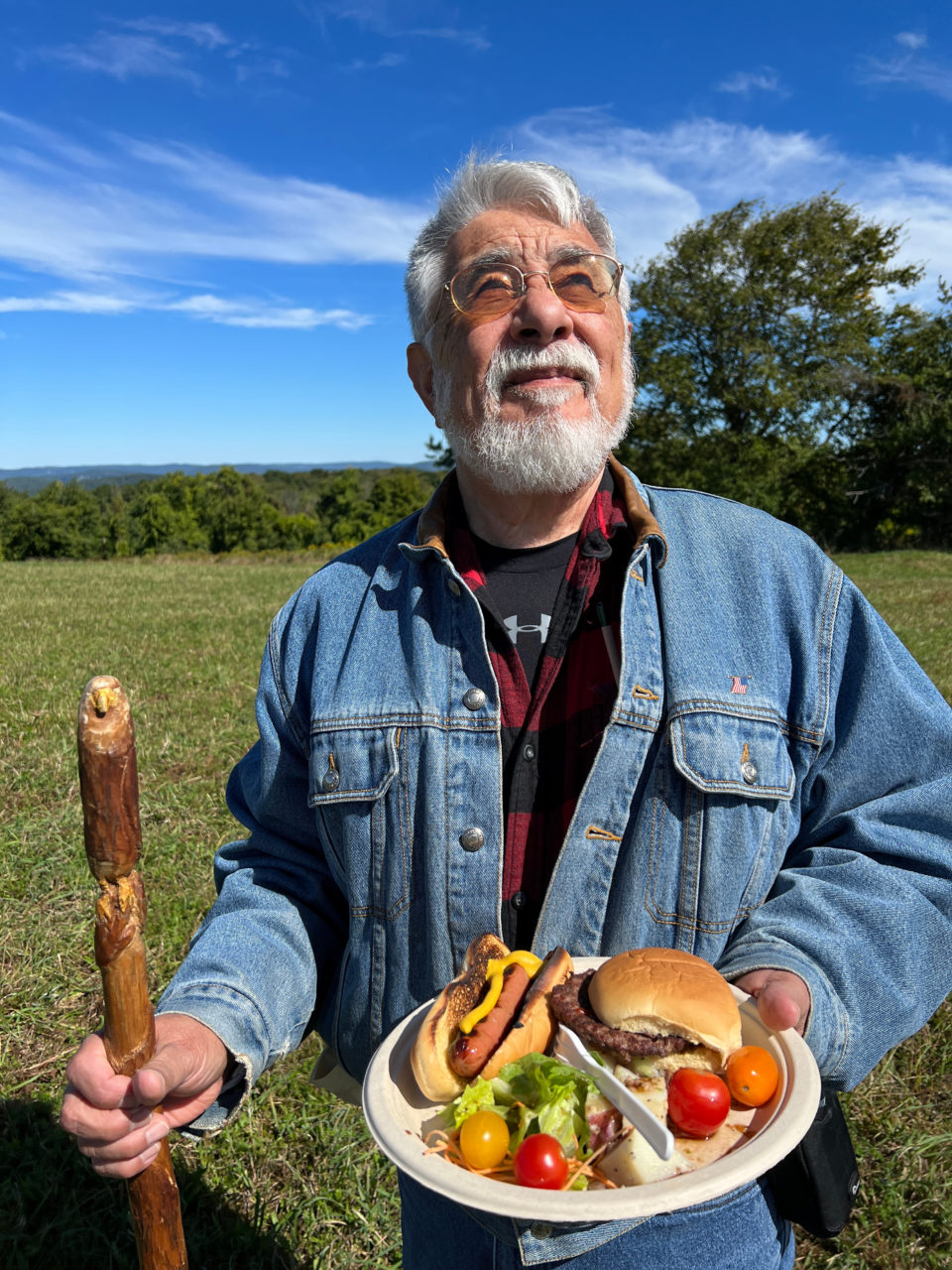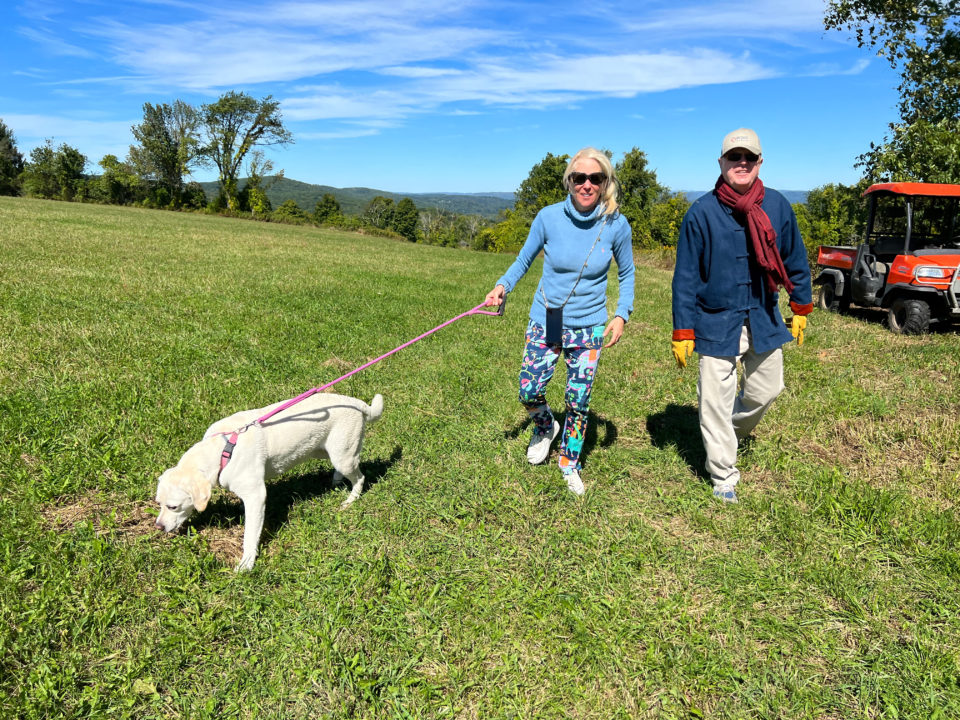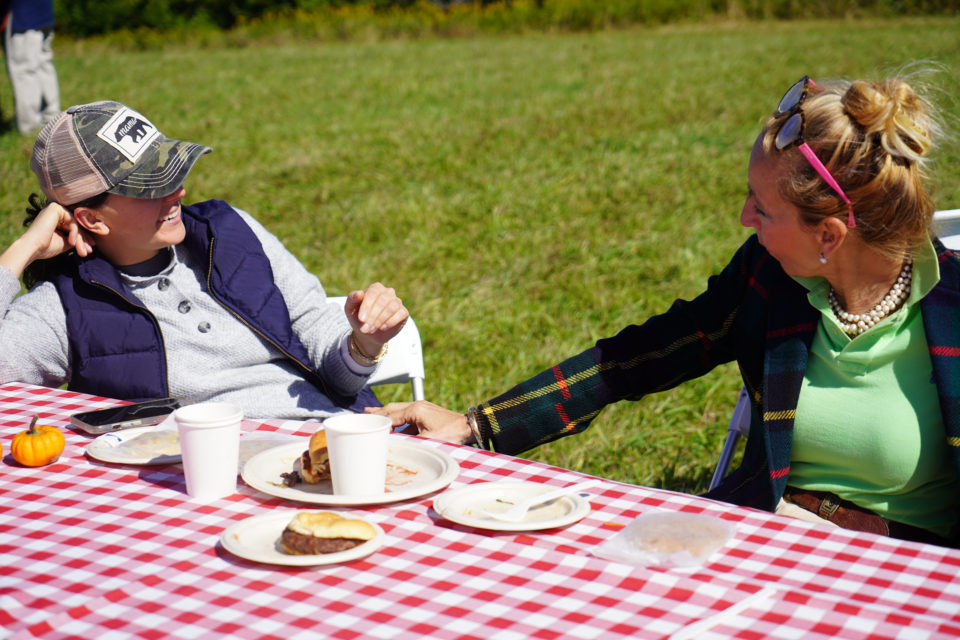NCLC Conserves 48th Working Farm

Along the border between New Milford and Washington, 103 acres are now permanently protected as forest and farmland, thanks to the vision and commitment of its owner, Ramanan Raghavendran, who donated the land to create the Chapin Ramanan Farm.
Every farm protected in Connecticut is meaningful. Connecticut is losing farmland at an alarming rate. According to a recent study published by American Farmland Trust, the State’s agricultural lands rank in the top three for most at risk of loss to development in the country. Since 1965, NCLC has been dedicated to conserving working agricultural lands, and the Chapin Ramanan Farm marks its 48th working farm conserved.
The Chapin Ramanan Farm is particularly scenic with distant views of the western horizon. Stonewalls crisscross through its fields, a reminder of the history of the land, which has been in agricultural production for hundreds of years. Today, the fields are still hayed by members of the Chapin family, who have a long history of farming in New Milford.
The conservation of a single property often takes decades or more. The conservation of the Chapin Ramanan Farm began in 2008 when members of the Chapin family sold over 100 acres of the original dairy farm to Mr. Raghavendran, who, in turn, granted a conservation easement over 73 acres to NCLC in 2009. Earlier this year, Mr. Raghavendran chose to give the entire property to NCLC—both the 73 acres previously protected by easement and an additional 30 acres of hayfields and forest that were unprotected and could have been developed.
The Chapin Ramanan Farm contains pristine woodlands, with mature and diverse hardwood species, that protect 2,500 feet of Walker Brook and two of its tributaries. Protecting land around rivers and streams keeps the waters cool and clean. In addition, many species, including reptiles and amphibians, depend on the land around rivers and streams for their survival. The forests themselves provide excellent habitat for numerous species, including bobcat, bear, and coyote
With the addition of the Chapin Ramanan Farm, NCLC now protects 13,158 acres in Litchfield and northern Fairfield Counties, including 21 public hiking preserves, over 40 working farms, and more than 3,000 of acres of habitat for rare and endangered species.


